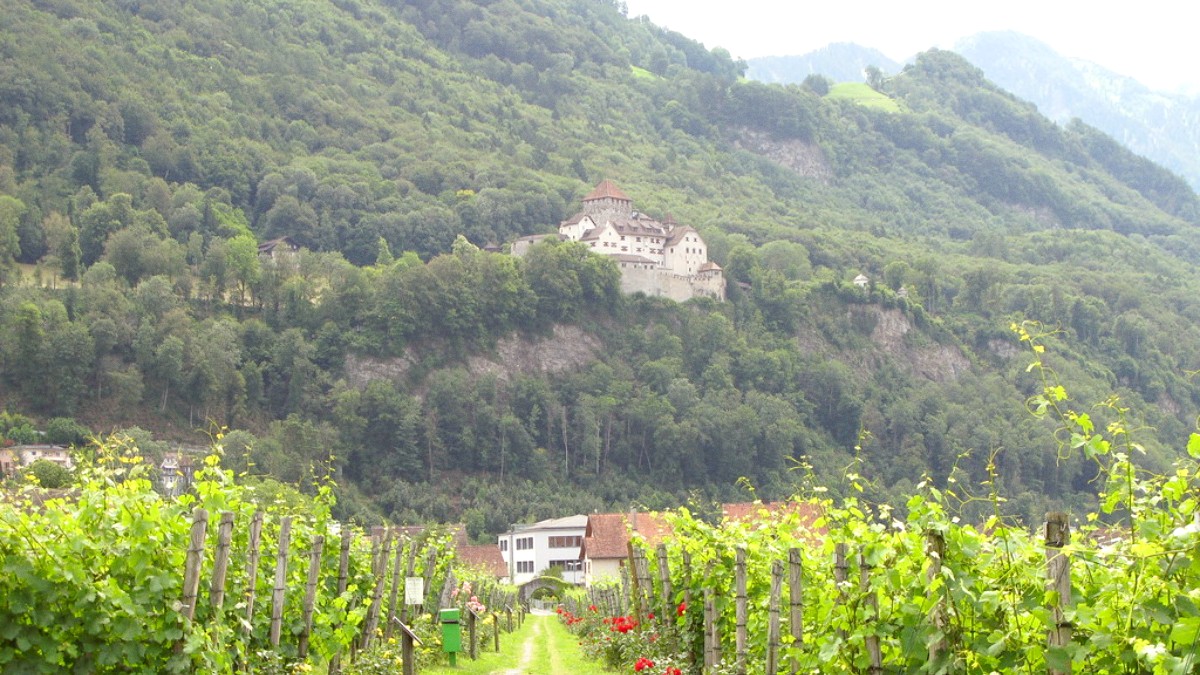
Liechtenstein
Liechtenstein's cuisine is deeply rooted in Alpine and Central European traditions, sharing similarities with Swiss, Austrian, and Southern German cooking.
Historically, meals focused on robust nourishment for agricultural and mountain communities, using locally sourced, seasonal ingredients.
Common ingredients encompass dairy products (cheese, butter), potatoes, cornmeal, various meats (pork, beef, veal, game), fresh vegetables, and local herbs.
Flavors are generally rich, savory, and comforting. Dishes often incorporate butter, cream, and traditional spices, creating a wholesome taste.
Due to its small size, Liechtenstein has minimal distinct regional culinary variations. Differences appear between valley produce and mountain dishes.
Often considered Liechtenstein's national dish. These are small, soft egg noodles served with melted local Alpine cheese and crispy fried onions.
A hearty, comforting, and incredibly flavorful dish found in traditional restaurants.
A traditional cornmeal dish, similar to polenta, with an unique texture. Often served with applesauce, fruit compote, or coffee.
A staple of Liechtenstein's rural cuisine, can be either sweet or savory.
A roasted pork knuckle, popular in Austrian-influenced areas. Slow-roasted until the skin is crispy and the meat tender.
Typically served with potatoes or sauerkraut.
Liechtenstein does not boast a prominent street food culture. Local bakeries offer fresh sandwiches, and during festivals, you might find grilled sausages.
Try Birnenbrot (sweet bread with dried pears), Apple Strudel, and various pastries from local bakeries.
Experience high-end gourmet dining with exquisite cuisine.
Numerous options in Vaduz city center provide a mix of local and international cuisine.
Affordable options for quick, convenient meals.
While traditional cuisine predominates, some restaurants in Vaduz present Italian, Asian, or other international dishes.
These are generally found within the city center.
Liechtenstein does not possess large, permanent food halls or daily traditional markets. Special events may feature food stalls.
Check local event calendars for seasonal opportunities.
Many Vaduz restaurants offer outdoor seating or window views featuring the illuminated Vaduz Castle.
When hiking, some Alpine huts serve simple, hearty meals, delivering an authentic mountain dining experience.
Awareness of gluten and other allergens grows in European restaurants. Inform staff of your dietary needs.
Larger or more modern restaurants may be more accommodating.
A translation app or a dietary card in German assists in communicating your restrictions clearly.
Carry a list of your specific allergies.
For strict dietary requirements, self-catering from supermarkets delivers the most control over ingredients.
Some restaurant websites or online reviews might mention their ability to handle various dietary requests.
In many restaurants, especially mid-range to upscale, waiting to be seated is customary.
A service charge is typically included in the bill in Liechtenstein.
German is the official language. Basic phrases are appreciated.
Before your visit, research restaurants online, checking menus or reviews for dietary accommodations.
This helps in planning for specific needs.
Use a translation app or a dietary card in German to clearly state your restrictions.
Clarity aids the kitchen staff.
Explore small farm shops for locally produced cheese and dairy items.
Inquire about local farms for direct sales of seasonal fruits and vegetables.
Dining at family-run establishments offers interaction with locals and a taste of authentic Liechtenstein.
Always verify operating hours for restaurants, especially during public holidays or the low season, as schedules may vary.